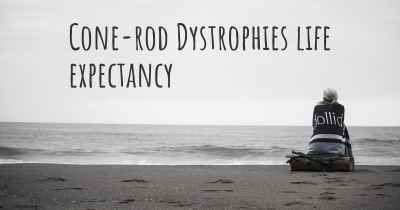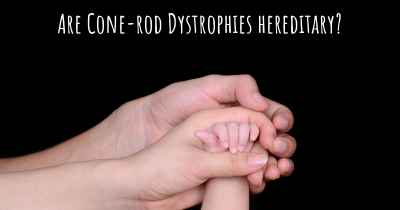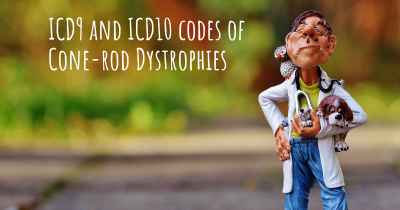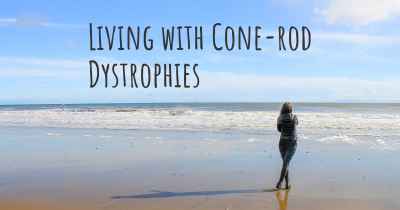Can people with Cone-rod Dystrophies work? What kind of work can they perform?
See how people with experience in Cone-rod Dystrophies give their opinion about whether people with Cone-rod Dystrophies can work and what kind of jobs are more appropriated for people with Cone-rod Dystrophies
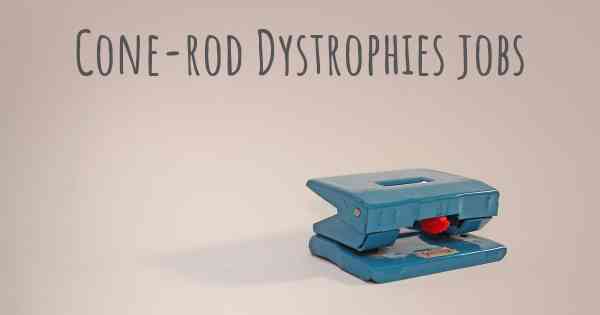
Can people with Cone-rod Dystrophies work?
Cone-rod dystrophies (CRDs) are a group of inherited eye disorders that primarily affect the cone and rod cells in the retina. These cells are responsible for vision in bright and dim light, respectively. CRDs can cause progressive vision loss, color vision abnormalities, and sensitivity to light. The impact of CRDs on an individual's ability to work can vary depending on the severity and progression of the condition.
Employment opportunities for individuals with CRDs
While the visual impairments associated with CRDs can pose challenges in certain work environments, many individuals with CRDs are capable of working and leading fulfilling professional lives. The ability to work depends on various factors, including the specific type and stage of CRD, the individual's remaining vision, and the nature of the job itself.
Types of work suitable for individuals with CRDs
Individuals with CRDs can often excel in careers that do not heavily rely on visual acuity or color perception. Here are some examples of work that may be suitable:
- Office-based jobs: Many office-based jobs involve tasks such as data entry, administrative work, customer service, or computer programming. These roles often rely more on cognitive abilities and communication skills rather than visual acuity.
- Writing and editing: Individuals with CRDs can pursue careers in writing, editing, or journalism. These professions rely more on language skills and creativity rather than visual acuity.
- Consulting and advising: Individuals with CRDs who have expertise in a particular field can work as consultants or advisors, providing guidance and expertise to others based on their knowledge and experience.
- Research and analysis: Many research and analysis roles involve working with data, conducting experiments, or analyzing information. These tasks can often be performed using assistive technologies and do not necessarily require strong visual acuity.
- Teaching and education: Individuals with CRDs can pursue careers in teaching or education, sharing their knowledge and expertise with others. With appropriate accommodations and assistive technologies, they can effectively communicate and engage with students.
- Entrepreneurship: Some individuals with CRDs choose to start their own businesses, allowing them to tailor their work environment and tasks to their specific needs and abilities.
Accommodations and assistive technologies
For individuals with CRDs who wish to work, accommodations and assistive technologies can play a crucial role in enhancing their productivity and independence. Here are some examples:
- Screen magnification software: This software enlarges text and images on computer screens, making it easier for individuals with visual impairments to read and navigate.
- Screen reading software: These tools convert on-screen text into synthesized speech or braille, allowing individuals with visual impairments to access and interact with digital content.
- Color contrast adjustments: Adjusting color contrast on computer screens, documents, or other materials can improve visibility for individuals with CRDs.
- Assistive devices: Various assistive devices, such as magnifiers, telescopic lenses, or specialized lighting, can help individuals with CRDs perform specific tasks more effectively.
- Flexible work arrangements: Employers can offer flexible work arrangements, such as remote work options or adjusted schedules, to accommodate the needs of individuals with CRDs.
Conclusion
While cone-rod dystrophies can present challenges in the workplace, individuals with CRDs can still pursue meaningful careers and contribute to society. With appropriate accommodations, assistive technologies, and supportive work environments, individuals with CRDs can find employment opportunities that align with their skills, interests, and abilities.
